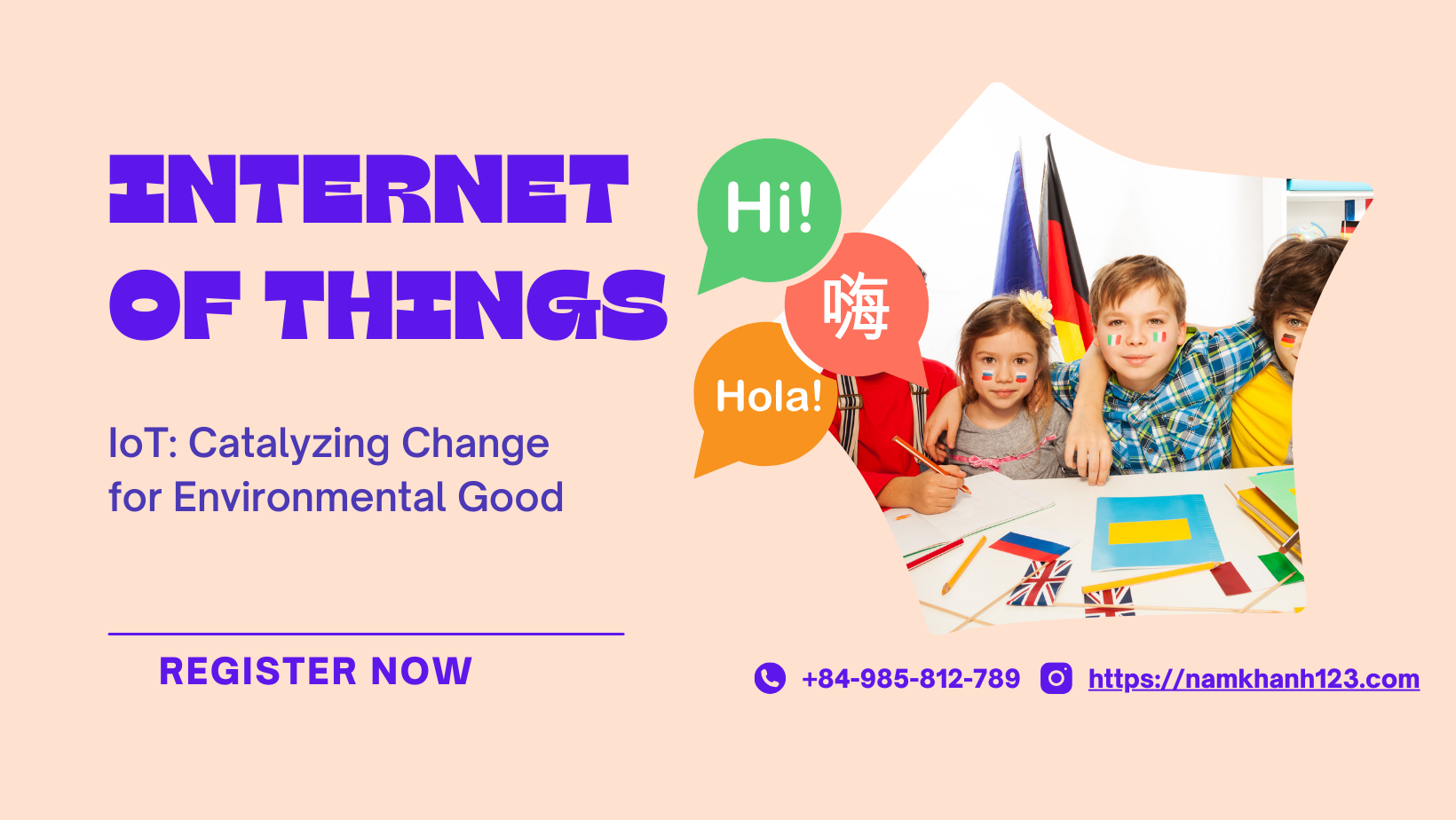In the vanguard of technological innovation, the Internet of Things (IoT) stands out as a powerful catalyst for environmental change. “IoT: Catalyzing Change for Environmental Good” explores how this dynamic technology is not just reshaping industries but is also playing a pivotal role in driving sustainable practices and promoting ecological stewardship. This article dives into the myriad ways IoT is contributing to environmental conservation, resource management, and a greener future, all while adhering to SEO best practices to ensure a unique and informative online presence.
IoT, with its vast network of sensors and interconnected devices, offers unparalleled opportunities for monitoring and managing environmental resources. In the realm of conservation, IoT devices provide real-time data on various ecosystems, enabling a more nuanced understanding of environmental conditions and facilitating prompt action when needed. For instance, in forested areas, IoT sensors can detect illegal logging activities or sudden changes in environmental conditions indicative of potential wildfires, allowing for quicker response and mitigation efforts.
In urban settings, IoT is instrumental in reducing the environmental footprint of cities. Smart city initiatives utilize IoT to optimize traffic flow, reduce energy consumption, and improve waste management. Sensors can monitor air quality and noise pollution, providing data that drives policies for cleaner, healthier urban living. Moreover, IoT integration in buildings makes them smarter and more energy-efficient, adjusting lighting and temperature based on occupancy and external weather conditions, thereby reducing unnecessary energy consumption.
Water conservation is another critical area where IoT is making significant strides. Through smart irrigation systems, agricultural and urban landscapes can maintain their vitality while minimizing water use. These systems assess soil moisture levels and local weather forecasts to water plants only when necessary, thus conserving a precious resource and supporting sustainable agricultural practices.
However, the implementation of IoT in environmental efforts is not without its challenges. The energy consumption of the devices themselves, the need for robust security measures to protect the collected data, and the potential environmental impact of disposing of these devices are all issues that need careful consideration and strategic planning. Sustainable and ethical practices must be at the forefront of IoT deployments to ensure that the technology’s impact is overwhelmingly positive.
The exploration of IoT as a catalyst for environmental good, it’s crucial to recognize the role it plays in renewable energy advancements. IoT technology is key in managing and optimizing the performance of solar and wind power systems. Sensors can predict weather conditions, track sunlight exposure, and monitor wind speeds to maximize the efficiency of renewable energy production. This not only ensures a more stable and reliable supply of green energy but also helps in reducing our reliance on fossil fuels.
Furthermore, IoT contributes significantly to the circular economy, where the life cycle of materials and products is extended through recycling and reuse. By providing detailed data on product usage and end-of-life status, IoT can help companies design products that are easier to repair, refurbish, and recycle. This reduces waste and encourages a more sustainable consumption pattern.
The impact of IoT on environmental education and awareness should not be underestimated. Access to real-time environmental data can engage and empower individuals and communities to take action. For example, apps connected to IoT devices can provide users with information about their energy consumption, water usage, and even the air quality in their immediate environment. Armed with this information, individuals can make more informed choices that contribute to a sustainable lifestyle.
Despite the transformative potential of IoT in driving environmental good, it’s vital to continue addressing the challenges associated with its widespread adoption. Ensuring the sustainability of IoT devices themselves is crucial. This includes reducing the energy consumption of the devices, using environmentally friendly materials in their production, and ensuring they can be easily recycled at the end of their life cycle.
Moreover, the vast amount of data generated by IoT devices presents both an opportunity and a challenge. Proper data management and analysis are key to extracting actionable insights from the data, but they also raise concerns about privacy and data security. Implementing robust security measures and ethical data handling practices is essential to maintain public trust and the integrity of IoT systems.
The potential of IoT as a catalyst for environmental good is immense. By enabling smarter resource management, enhancing renewable energy systems, supporting the circular economy, and raising awareness about environmental issues, IoT is driving a significant shift toward a more sustainable future. However, realizing this potential requires not only technological innovation but also a commitment to sustainability and ethical practices at every step. As we continue to integrate IoT into our lives and industries, it’s imperative to do so with an eye toward the long-term health of our planet. The journey with IoT is one of constant learning and adaptation, but the destination—a more sustainable and environmentally responsible world—is well worth the effort.

